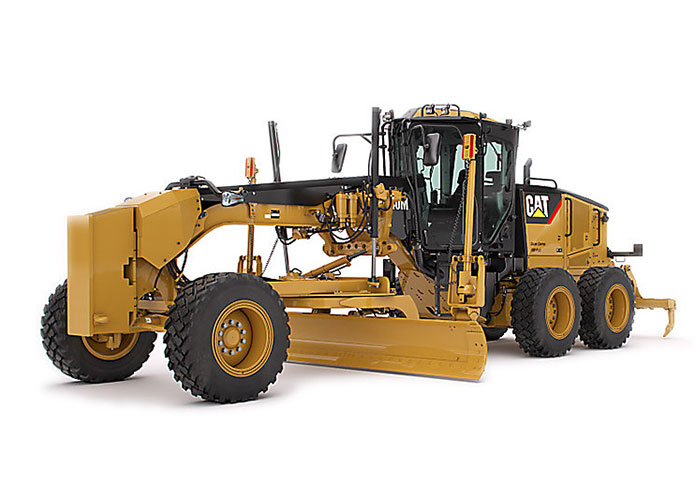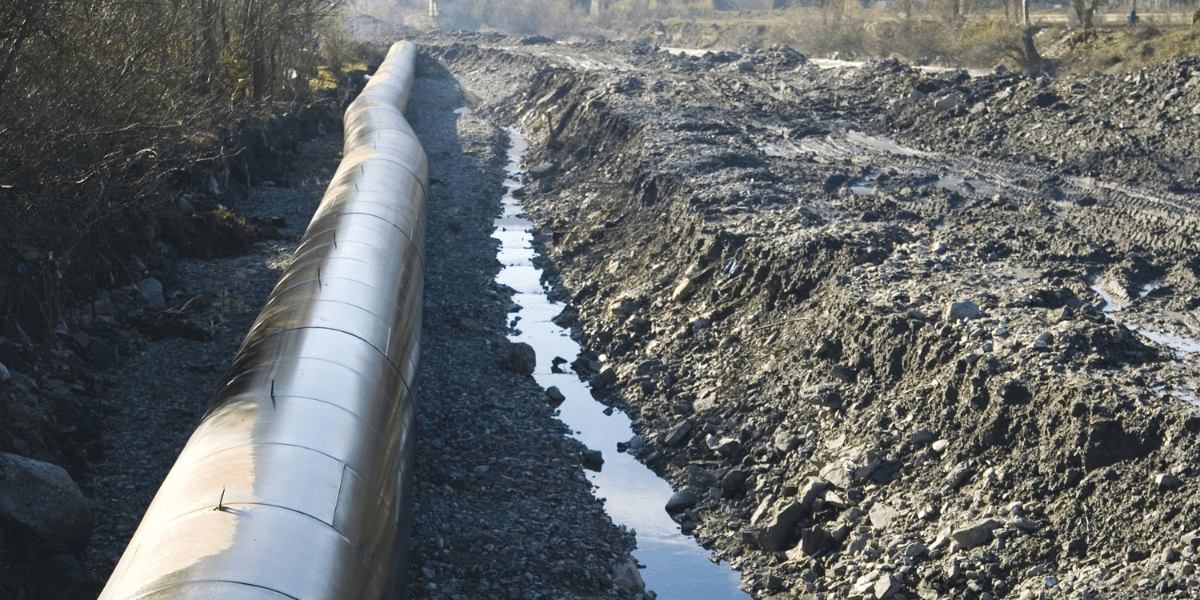Everything you should know about Superior Rentals reviews: what clients say
Wiki Article
A Comprehensive Guide to the Different Kinds Of Oil Field Equipment and Pipeline Equipment Available
The oil and gas industry counts heavily on customized equipment for effective removal and transportation. Different kinds of machinery, from drilling rigs to storage containers, play crucial functions in this complex procedure. Each tool serves distinct functions that add to total functional success. Recognizing these parts is vital for any individual entailed in the industry. As the industry progresses, so too do the modern technologies that support it. What innovations are on the horizon?
Drilling Rigs: The Foundation of Oil Expedition
Drilling rigs offer as the vital equipment in the domain of oil exploration, allowing firms to gain access to hydrocarbon books hidden deep underneath the Earth's surface area. These rigs can be found in different types, including land rigs, offshore rigs, and mobile devices, each developed to run in certain atmospheres. Geared up with advanced innovation, piercing rigs can pass through geological developments with precision, making certain efficient resource extraction. The architectural stability and operational abilities of these rigs are critical, as they should withstand extreme problems and substantial pressures. Additionally, the choice of a boring gear affects the total project expense and timeline, making it a crucial consideration for oil firms seeking to optimize their expedition initiatives and take full advantage of productivity in their procedures.Pumps: Necessary for Fluid Movement
In the oil removal procedure, the role of pumps is substantial, promoting the movement of liquids throughout various stages of manufacturing. Pumps are essential for carrying petroleum, water, and other liquids from underground storage tanks to the surface area and after that via pipes to refineries. They come in different kinds, including centrifugal, positive displacement, and submersible pumps, each offering certain functions based on the liquid features and functional requirements. Centrifugal pumps are typically used for their performance in high-flow applications, while positive variation pumps master managing viscous fluids. The choice of pump influences general effectiveness, operational security, and upkeep prices. Appropriate choice and upkeep of pumps are essential for optimizing production and decreasing downtime in oil area operations.Shutoffs: Managing Flow and Pressure

Valves play a crucial role in taking care of the flow and stress of liquids within oil areas and pipes. Various sorts of valves serve distinct applications, each designed to satisfy details functions basic for effective operation - Superior Oilfield Rentals. Comprehending the features and uses these valves is necessary for enhancing system performance and safety
Kinds of Valves
Crucial components in oil field procedures, valves play an important function in regulating the flow and stress of liquids within pipelines and equipment. Various kinds of valves are made use of to meet the varied requirements of oil and gas manufacturing. Typical types consist of gateway valves, which offer a straight-line circulation and very little pressure decline; globe shutoffs, understood for their strangling capacities; and sphere valves, identified for their quick on/off control. Furthermore, check valves stop backflow, while butterfly shutoffs use a light-weight remedy for controling flow. Each shutoff type is developed with certain materials and configurations to hold up against the rough problems frequently found in oil fields, making certain reliability and performance in operations. Comprehending these kinds is essential for reliable system management.Valve Applications and Features
While numerous kinds of valves offer unique purposes, their main applications focus on regulating flow and pressure within oil and gas systems. Shutoffs such as gate, globe, and ball valves regulate fluid motion, making sure peak performance and safety and security. Gateway shutoffs are generally used for on/off control, supplying marginal flow resistance. World shutoffs, on the other hand, deal exact flow regulation, making them ideal for throttling applications. Round shutoffs are preferred for their quick procedure and limited sealing capacities. Furthermore, pressure relief shutoffs are crucial for avoiding system overpressure, protecting tools integrity. In general, the ideal selection and application of valves improve operational performance, making sure the trusted transport more info of oil and gas through pipelines and processing facilities.Compressors: Enhancing Gas Transportation
Compressors play an essential duty in the reliable transport of natural gas, making certain that it moves efficiently through pipelines over long distances. These tools increase the pressure of gas, permitting it to conquer rubbing and elevation changes within the pipeline system. Furthermore, compressors assist in the harmonizing of supply and demand, suiting variations in usage and production prices. Numerous kinds of compressors are employed in the industry, consisting of centrifugal, reciprocating, and rotary screw compressors, each offering unique benefits based on the functional demands. Routine maintenance of these compressors is necessary to make best use of effectiveness and lessen downtime, eventually adding to a trusted gas transport network. Their essential feature highlights the importance of compressors in the general oil and gas facilities.Storage Tanks: Safe and Effective Fluid Management
Reliable transportation of gas counts on various sustaining systems, among which is the appropriate management of tank. These tanks play a necessary role in securely having fluids, ensuring that operational performance is maintained while minimizing environmental risks. Built from durable materials, they are developed to hold up against high pressures and corrosive components. Effectively sized and strategically situated, storage space tanks help with the smooth flow of natural gas and other liquids, preventing traffic jams in supply chains. Regular maintenance and surveillance are essential to find leaks or structural issues, advertising safety and security and compliance with governing criteria. Eventually, the efficient management of tank is crucial for the total honesty and integrity of the oil and gas industry's liquid handling systems.
Pipeline Solutions: Facilities for Transport
Pipeline systems serve as the backbone of the oil and gas industry, facilitating the effective transportation of hydrocarbons over huge distances. These systems contain numerous parts, consisting of pipelines, shutoffs, pumps, and compressors, all diligently developed to ensure seamless circulation. The products made use of in pipeline building, frequently steel or high-density polyethylene, are picked for sturdiness and resistance to deterioration. Pipeline networks can span across land and water, attaching production websites to refineries and distribution. Additionally, progressed innovation makes it possible for real-time monitoring of flow prices and stress degrees, boosting operational efficiency. The calculated positioning of these pipes decreases environmental influence while making the most of source ease of access, thereby playing an important function in meeting power demands worldwide.Security Equipment: Guaranteeing Employee and Environmental Management
The operation of pipeline systems, while vital for energy transportation, likewise offers significant safety and security difficulties for workers and the atmosphere. Safety and security devices plays a considerable function in minimizing these risks. Individual protective tools (PPE) such as helmets, gloves, and non-slip footwear safeguards workers from physical dangers. Furthermore, gas detection systems check for leaks, making certain that dangerous substances do not posture a hazard to personnel or the bordering community. Emergency situation shutdown systems are imperative for swiftly halting operations throughout a crisis, preventing potential catastrophes. Spill containment products, consisting of absorbents and obstacles, are essential for minimizing ecological influence. On the whole, spending in comprehensive safety and security equipment is vital for maintaining operational honesty and safeguarding both workers and the environment in the oil and gas market.
Regularly Asked Inquiries
How Do I Pick the Right Oil Field Equipment for My Project?
Selecting the appropriate oil area devices includes evaluating job requirements, budget plan restrictions, and functional needs. Think about aspects such as tools integrity, compatibility with existing systems, and the supplier's credibility to guarantee peak efficiency and safety and security.What Are the Upkeep Requirements for Oil Field Equipment?
Maintenance needs for oil area devices consist of regular inspections, lubrication, and prompt repair work. Operators ought to also stick to maker standards, monitor performance metrics, and warranty conformity with security regulations to boost durability and effectiveness.
Exactly How Can I Make Certain Compliance With Environmental Regulations?
To ensure conformity with ecological regulations, companies need to perform regular audits, implement finest methods, purchase training, preserve appropriate paperwork, and remain upgraded on regulations (Superior Rentals midland). Collaboration with environmental firms can also improve adherence to lawsWhat Is the Average Life-span of Pipeline Equipment?
The ordinary life expectancy of pipeline equipment generally varies from 20 to half a century, relying on factors such as material top quality, ecological problems, and upkeep practices. Regular assessments can significantly influence durability and functional performance.How Do I Securely Carry Oil Field Equipment to Remote Locations?
Transferring oil area equipment to remote areas requires careful planning, consisting of path assessment, safeguarding permits, utilizing suitable automobiles, and ensuring safety and security procedures are complied with. Proper training and interaction among teams are necessary for successful transport.Report this wiki page